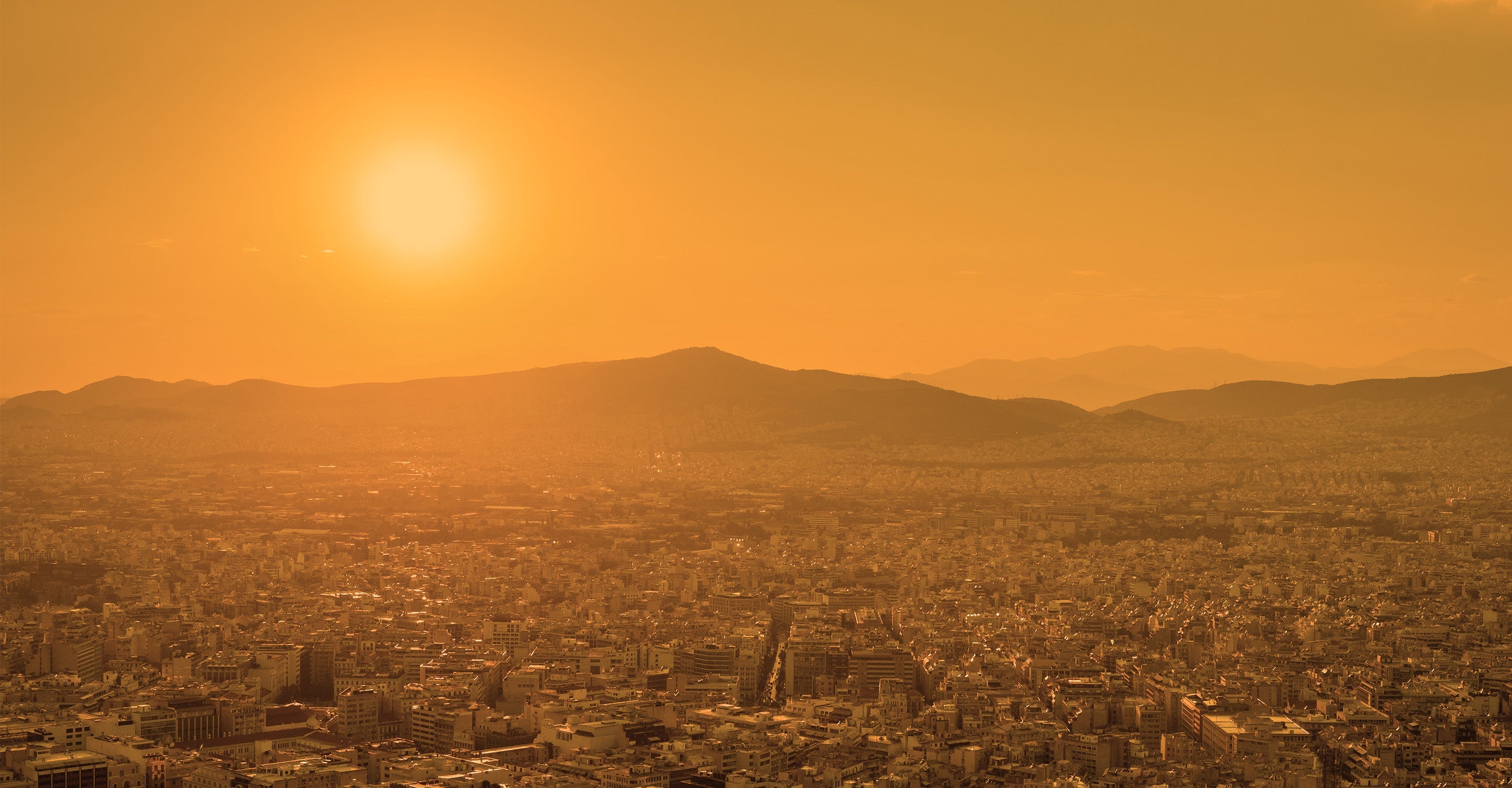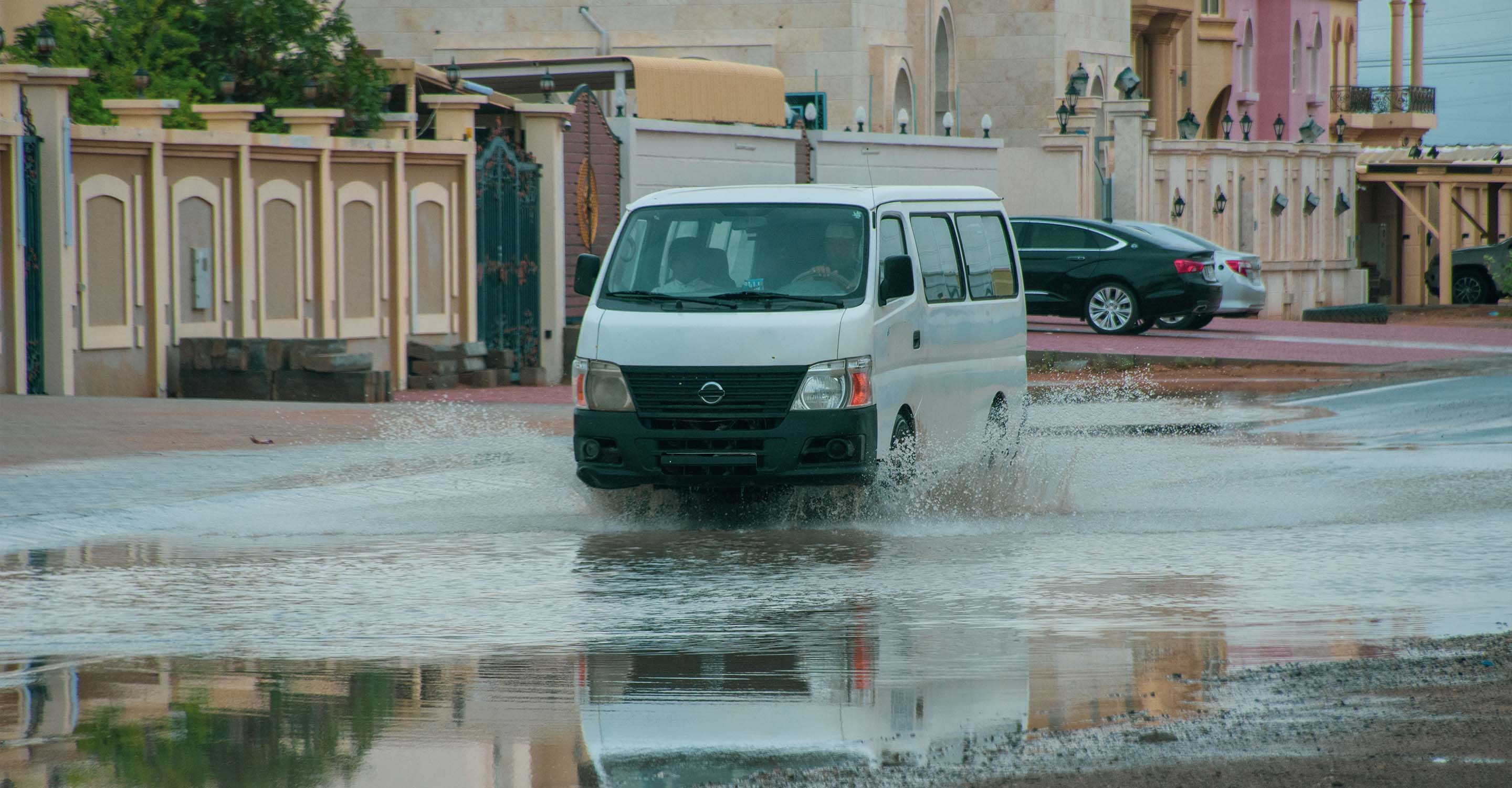Istanbul air quality map
Live air pollution map of Istanbul
219.5K people follow this city
Full screen
Contributors
2
Stations
21
Contributors category
1
Government
0
Non-profit organization
0
Educational
0
Corporate
1
Individual
0
Anonymous
Most polluted air quality stations
| # | station | US AQI |
|---|---|---|
| 1 | Esenyurt-MTHM | 171 |
| 2 | Basaksehir-MTHM | 168 |
| 3 | Istinye | 149 |
| 4 | Kartal | 149 |
| 5 | Mecidiyekoy-MTHM | 132 |
| 6 | Atatürk Bulvarı - Aksaray | 129 |
| 7 | Umraniye | 122 |
| 8 | Sariyer | 117 |
| 9 | Alibeykoy | 114 |
| 10 | Besiktas | 114 |
Health Recommendations
| Reduce outdoor exercise | |
| Close your windows to avoid dirty outdoor air GET A MONITOR | |
| Sensitive groups should wear a mask outdoors GET A MASK | |
| Run an air purifier GET AN AIR PURIFIER |
community highlight
Istanbul most followed contributors
Become a contributor
Get an AirVisual Outdoor and contribute to collecting millions of data points for the Istanbul map to track local air pollution
Understand air pollution and protect yourself
Istanbul MAP AIR QUALITY ANALYSIS AND STATISTICS
What readings are shown on the air pollution map for Istanbul?
Air quality maps, as shown above, that track the level of air pollution throughout Istanbul, can offer a great insight into how polluted some parts of the city area are. These readings are subject to constant updates, and as such should be checked regularly to keep up with the levels of pollution in the air, which can have some serious consequences for those that have excessive exposure, particularly when taken in over long periods.
Whilst these readings do change, to quote some figures for informative purposes, US AQI readings of 45, 46 and 50 were recorded in late August of 2022. These all fell within the 'good' air quality rating bracket, albeit on the higher end of it (with the good rating requiring a US AQI reading of 0 to 50 to be classified, with the closest to 0 being the most optimal and representing clean and pollution free air. higher readings of 57, 64 and 84 were also recorded, all of which are in the 'moderate' pollution rating bracket, and moving closer to the even less optimal 'unhealthy for sensitive groups' rating, which requires a US AQI reading of 101 to 150 for classification. These are some examples of US AQI readings taken in 2022, and as mentioned, updates come through consistently so that users may keep track of the air pollution or air cleanliness levels.
What can you learn about the air pollutants in Istanbul from referencing the air quality map?
When referring to the air quality maps for Istanbul, the US AQI reading is displayed across the numerous air monitoring stations in use across the city. Whilst the air pollution map pages have the aforementioned bonus of having direct access to exactly which areas of the city are pollution hotspots, as well as having a constant update coming through to these air quality maps, they do not show the pollution concentration levels that are seen on the regular city page for Istanbul.
However, this does not mean that one cannot get a clearer picture of the types of pollutants, whether they are chemical compounds in the form of gasses or a variety of ultrafine particles. The US AQI reading itself is an aggregate of the various main pollutants found in the air throughout Istanbul, with some of these pollutants being sub-categories under which a multitude of different materials can fall, depending on their size (with smaller particles being of considerably more danger than other ones). For some added insight into the pollutants that one may be exposed to when referring to the air quality maps in Istanbul, the main ones used to calculate the US AQI figure are ozone, nitrogen dioxide, sulfur dioxide, carbon monoxide, and the two categories of particle pollution. PM2.5 and PM10.
When the US AQI level is shown to be high on the air quality map at any given area throughout Istanbul, then typically there will be a higher concentration of these pollutants in the atmosphere. Air quality maps display the US AQI reading because it encompasses the main pollutants in the air, and whilst there are many, many others, these are the main ones that people are exposed to when the readings on the air pollution maps are high in any given area throughout Istanbul.
Can the air quality map help prevent illnesses caused by pollution in Istanbul?
Air pollution maps in Istanbul can help to drastically reduce any health conditions that are both caused or may be aggravated by exposure to higher quantities of smoke, haze and other hazardous clouds of fine particulate matter, all of which will show up in the form of higher US AQI readings on the air quality map for Istanbul. In regards to health conditions, some can be caused by direct exposure to chemical compounds in the air, as well as particle-based pollution, whilst in the case of aggravation, people with potential pre-existing conditions (some of which may be life-long ones that they suffer from, with asthma being a prime example) will have these health issues made significantly worse. The US AQI readings present throughout the whole of Istanbul as shown on the air quality maps can show you exactly where the spikes in pollution are occurring because this is the main benefit that air quality map pages have over regular city pages. Pulmonary conditions are more well known as primary illnesses caused by air pollution exposure, with dry coughs, irritation to the upper and lower respiratory tract (which in some cases can lead to infections of the throat as well as the chest, which can hold grave consequences for those in poor health or even the elderly), along with aggravating the exposed mucous membranes, which includes the mouth, eyes and ears. When the pollution readings are high on the air quality maps in Istanbul, there will be a tendency for the general population to start experiencing a higher rate of these adverse effects, with hospital admissions going up significantly, along with other issues that can affect society as a whole such as premature deaths being directly related to high pollution levels, along with babies being born prematurely or with low birth weight, along with a higher potential for miscarriage.
As the air quality maps in Istanbul can show you exactly where the pollution is occurring and when, they are of great help in keeping individuals safe, and can be an indicator of what actions may need to be taken if one is in an area that shows dangerous levels of air pollution. Of note is that even for cities that have much cleaner levels of air quality, or times of the day or indeed the year when the air quality shows improvement in Istanbul, it is important to remember that sudden elevations can occur due to several reasons.
Which people may benefit the most from using air quality maps in Istanbul?
Whilst much of the population will benefit from using the air pollution map and city pages for reference in Istanbul, there are certain groups of more vulnerable or at-risk people that should go to greater lengths to ensure that pollution within the air does not bring them even more harm. These groups include people such as young children and babies, along with the elderly, all of whom are susceptible to the negative changes brought about on a physiological level by air pollution exposure. Other groups include pregnant women, those with pre-existing health conditions, as well as those with ailing or compromised immune systems.
Istanbul air quality data attribution
2Contributors
 SIM (Continuous Monitoring Center)
SIM (Continuous Monitoring Center)20 stations
Government Contributor
 Jack Honolulu
Jack Honolulu1 station
Individual Contributor
2 Data sources
Where is the cleanest air quality in Istanbul?
- Esenyurt-MTHM 171
- Basaksehir-MTHM 168
- Istinye 149
- Kartal 149
- Mecidiyekoy-MTHM 132
- Atatürk Bulvarı - Aksaray 129
- Umraniye 122
- Sariyer 117
- Alibeykoy 114
- Besiktas 114
- Uskudar-MTHM 114
- Kagithane-MTHM 113
- Kadikoy 110
- Kagithane 110
- Kandilli 110
- Umraniye-MTHM 108
- Uskudar 107
- Esenler 105
- Sirinevler-MTHM 102
- Yedek 93
- Yenibosna 50








